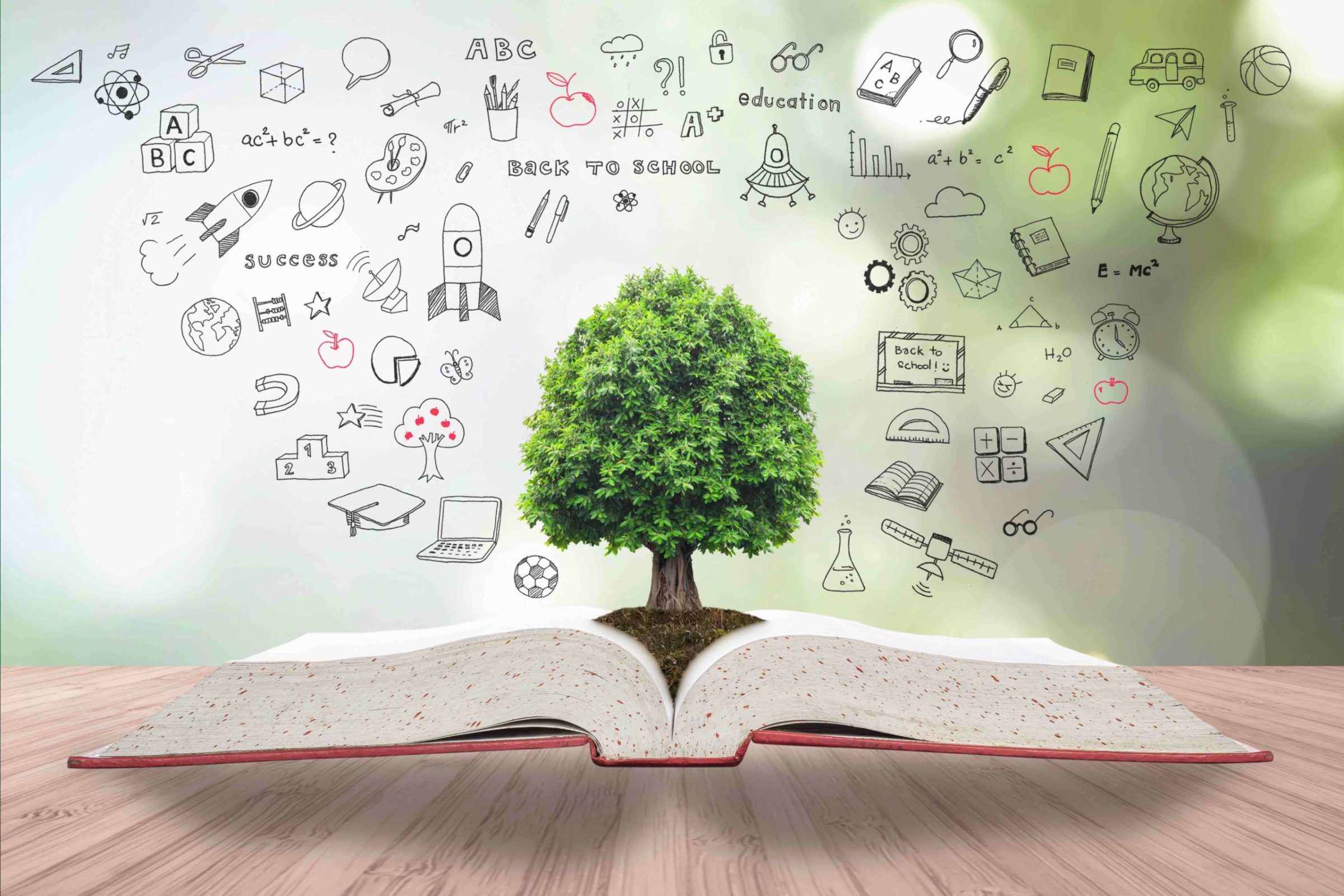In today’s interconnected world, trainee neighborhoods play a crucial function fit scholastic and individual experiences.

These areas are not just collections of people yet are vibrant environments that foster growth, learning, and partnership amongst pupils. They differ extensively in form and feature, from campus-based teams to worldwide online forums, each offering distinct opportunities for interaction and development.
Whether you are tipping onto a college university for the very first time or participating in digital knowing atmospheres, understanding the structure and benefits of trainee neighborhoods can substantially enhance your educational journey. This post explores the essence of pupil areas, exploring just how they work, the advantages they supply, and the ways in which they can be leveraged for personal and academic success.
Comprehending Pupil Areas
Pupil areas are fundamental to the scholastic experience, working as both social and academic support group. At their core, these communities are groups created naturally by trainees that share typical interests, goals, or fields of study. They can be informal, such as study hall, or official, like pupil unions and clubs.
These neighborhoods are identified by a shared identity and the collective quest of expertise, abilities, and experiences. They serve as systems for pupils to link, work together, and add to each various other’s development, prolonging past academic borders to influence individual development and area engagement.

Basically, pupil communities are microcosms of larger societal frameworks, where management abilities are developed, concepts are exchanged, and long-lasting friendships are created. The communications within these neighborhoods reflect a varied mix of cultural, intellectual, and social dynamics.
- Networking Opportunities: Trainee communities give a network of peers and coaches that can use assistance and support.
- Ability Advancement: Engaging in area tasks helps students create crucial abilities such as interaction, management, and synergy.
- Resource Accessibility: These communities typically provide access to academic sources, including research study materials and expert guidance.
- Social Involvement: They use a platform for social communication, alleviating the transition into new scholastic atmospheres and helping to combat seclusion.
Via these different functions, student communities end up being important to the alternative development of students, laying a structure for future professional and personal success.
The Benefits of Taking Part In Pupil Neighborhoods
The advantages of joining pupil communities are multifaceted, influencing both scholastic and personal spheres.

On a scholastic degree, these areas motivate joint knowing, enabling trainees to gain from diverse perspectives and competence. Sharing expertise and sources within a community can cause much more efficient knowing outcomes and improved academic performance.
Moreover, student neighborhoods provide a platform for individual development and self-discovery. By involving with peers from different histories and techniques, students obtain a wider worldview, improving their social capability and compassion. This direct exposure to varied perspectives is important in establishing critical thinking and problem-solving skills.
Additionally, active engagement in area tasks can boost students’ self-confidence and self-confidence. Taking on leadership roles or joining discussions and occasions fosters a feeling of success and belonging, which is important for overall well-being and inspiration.
Kinds Of Trainee Neighborhoods
Student neighborhoods can be found in numerous kinds, each accommodating different rate knowledge exchange platform of interests and goals. These can be extensively classified into scholastic, cultural, entertainment, and expert areas, among others. Each kind supplies special platforms and chances for student engagement.
- Academic Communities: These are commonly centered around certain fields or academic rate of interests. Instances include study groups, honors societies, and department clubs.
- Social Areas: These teams concentrate on advertising social understanding and variety, usually arranging occasions and activities to commemorate numerous customs.
- Entertainment Areas: These consist of sporting activities teams, entertainment clubs, and hobby-based teams that supply a break from scholastic rigors and promote physical and psychological wellness.
- Specialist Areas: These are focused on profession growth, offering networking possibilities, workshops, and mentorship programs to prepare students for the expert globe.
By recognizing and engaging with the ideal areas, students can tailor their college experiences to straighten with their interests and career desires, leading the way for a meeting scholastic trip.
Building a Growing Pupil Community
Developing and keeping a prospering pupil neighborhood calls for effort and cooperation from both students and universities. It starts with cultivating an inclusive environment where all students feel invited and valued despite their backgrounds.
Organizations can support this by supplying resources and facilities that motivate interaction and participation. This consists of producing physical rooms like pupil unions and online systems that promote interaction and collaboration. Additionally, organizing events, workshops, and workshops can better improve involvement, offering trainees with opportunities to attach and gain from each various other.
Management and Student Participation
Efficient leadership is crucial in nurturing a successful student community. Leadership duties within these communities use trainees an opportunity to develop and show their organizational and social abilities. Pupils that presume these functions add substantially to establishing the tone and instructions of their areas, influencing their peers positively.
Motivating leadership and energetic engagement amongst pupils not just reinforces the neighborhood yet also encourages people, preparing them for future obstacles. By promoting a society of partnership and assistance, student neighborhoods can flourish, leaving a lasting influence on their participants and the academic environment as a whole.
